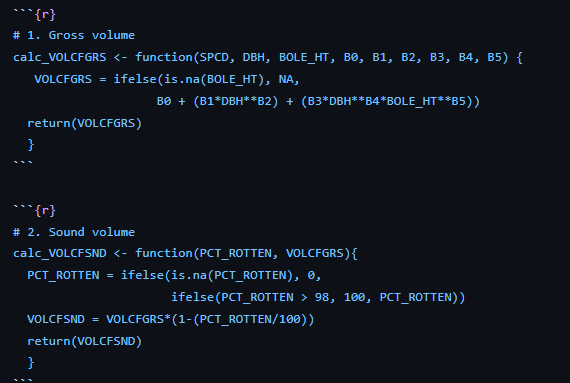
With the increased use and adoption of AI tools in the workplace, there’s a new member that’s a part of the team: the vibe coder. Wikepedia defines vibe coding as an AI-assisted software development style where the programmer interacts with a large language model to accomplish a task or project.
One of the aspects of vibe coding that appeals to many is that it can be done by amateurs. That is, people with little programming or coding experience can develop tools and programs that previously only professionals could produce. There is a podcast with Rick Rubin on The Ben and Marc Show that has a great conversation about amateurs and vibe coding (and how Rubin became the meme behind it).
The increase use of AI paired programmers has made the practice of vibe coding available to the masses. Tools like Cursor, GitHub Copilot, and AI chatbots like ChatGPT and Claude can help a beginner wrangle a data set, design a webpage, or create a product that would previously require a bachelor’s degree or two prior to completion.
As you might expect, the practice of vibe coding has mixed reviews from the professional developer community. Some developers would never trust a product created from it if the only thing that created it was the LLM. Some would welcome products developed by vibe coders. After all, if the product solves a problem and ends up being usable, there’s no reason not to implement it.
Back in 2021, i.e., the “pre-AI” days, I wrote about the role of citizen data scientists in forest analytics. It struck me how similar the citizen data scientist and vibe coder are. In short, citizen data scientists are practitioners that are involved in data science and analytics work, but their primary role is outside of the data analysis group within an organization. Vibe coders are similar: they have an interest in coding and programming, but it’s not likely their primary task at work.
One of the benefits of embracing the practice of vibe coding is it democratizes the data and analytics tasks of your organization. If someone has an interest in coding but isn’t a part of “the numbers team”, why not allow them to dip their toes and try a little coding? A fresh perspective (whether from the individual or the LLM) might help your project get over a hurdle you’ve been staring at for too long.
Has vibe coding taken over the forest analytics space? No. (But if it has in your organization, do let me know.) Forestry organizations are integrated in such a way that most of us “stay in our lane.” Still, I encourage you to look into vibe coding as a practice, give it a test with your team at an upcoming staff meeting, or let a new team member vibe code an analytics task.
–
By Matt Russell. Email Matt with any examples of vibe coding in your forestry organization.